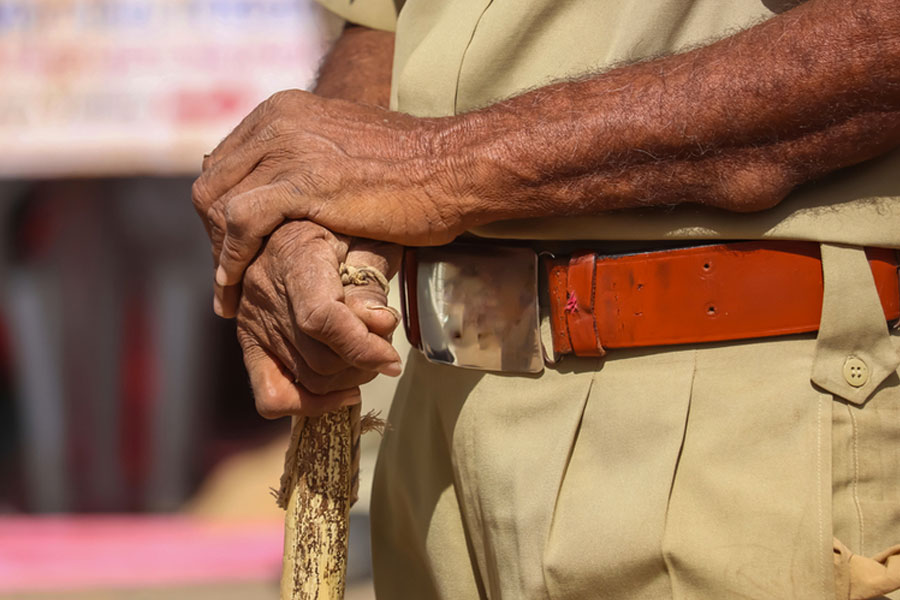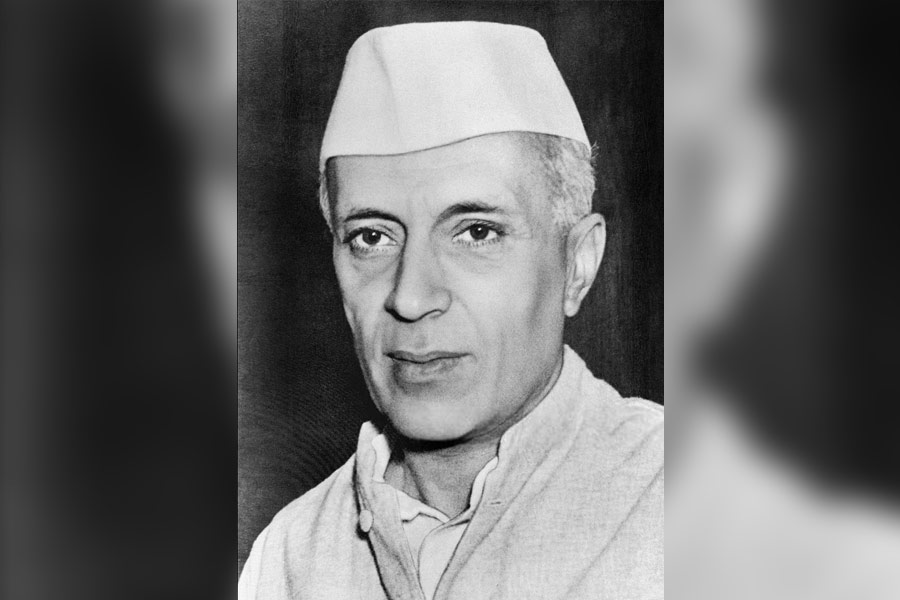 |
| A half-submerged lighthouse marks Indira Point at Andaman and Nicobar Islands a year after the tsunami |
New Delhi, May 28: Mid-sea vandals have stolen components vital to the country’s tsunami sentinels several times in the past eight months, scientists who manage the warning system have said.
They said unknown persons stripped instruments off data-relaying platforms in the Bay of Bengal and the Arabian Sea at least six times since the system’s inauguration last October.
These floating data buoys are key components of the tsunami warning system. They receive seawater-level readings from submerged pressure sensors and relay them via satellite to the Indian National Centre for Ocean Information Services (INCOIS), Hyderabad, the system’s hub.
“We suspect deep sea fishermen. We’ve found fishing nets entangled in the data buoys,” Subramaniam Kathiroli, director of the National Institute of Ocean Technology, Chennai, told The Telegraph.
The NIOT has the task of deploying and maintaining data buoys, which are also used to collect weather data.
The scientists said four sets of pressure sensors and data buoys in the Bay and two in the Arabian Sea provide a “redundancy” that allows the system to work when one or two data buoys are unavailable.
“Should an event happen, we won’t be handicapped because there’ll be other pressure sensors and data buoys. We’ve designed this with redundancy,” said INCOIS director Shailesh Nayak.
The Rs 125-crore tsunami warning system is expected to use seismic data, water level readings and computer simulations to issue alerts about tsunamis —giant waves triggered by undersea earthquakes.
“I don’t think anyone goes into the middle of the sea exclusively to do this. But when someone finds the data buoy, they take away its solar panels, and other instrumentation,” Kathiroli said.
Over the past decade, he said, such vandalism has damaged dozens of other data buoys in the Bay of Bengal and the Arabian Sea, some close to the coast, some in the deep sea.
But the frequency of vandalism is irritating — and expensive.
Only three weeks ago, NIOT scientists had replaced one of the two data buoys in the tsunami network in the Arabian Sea, Kathiroli said. “But now we suspect there is a problem with it again.”
A single data buoy costs about Rs 12 lakh, and a damaged one cannot be replaced overnight. A ship has to be organised and scientists try and combine deep-sea missions with data buoy replacements.
The data buoys that relay readings from the submerged pressure sensors appear very similar to dozens of weather-related data buoys the NIOT has deployed.
“Vandalism is a common problem shared by other countries in this region,” said Nayak.
The issue had come up at a recent co-ordination meeting of Indian Ocean region countries, he added.











